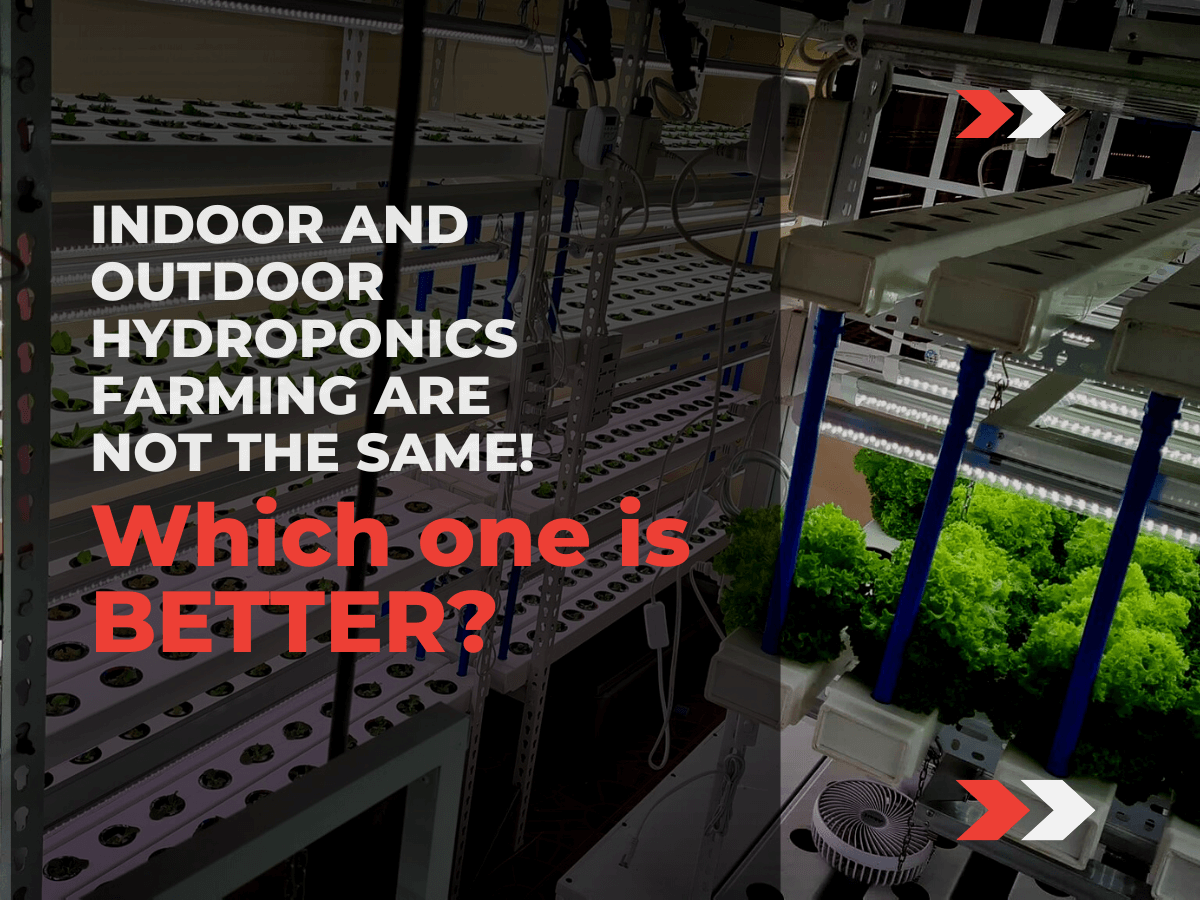If you live in a condominium or apartment, it can be hard to find space for a garden, but that doesn’t mean you can’t grow your own food. If you don’t have a big space in your backyard, you may consider indoor farming.
You may be wondering, “What does indoor farming really mean?” Well, it’s a method of growing crops or plants, entirely indoors. This kind of farming uses growing methods such as hydroponics using grow lights to provide plants with the nutrients and ultra violet light levels which are needed for growth and photosynthesis.
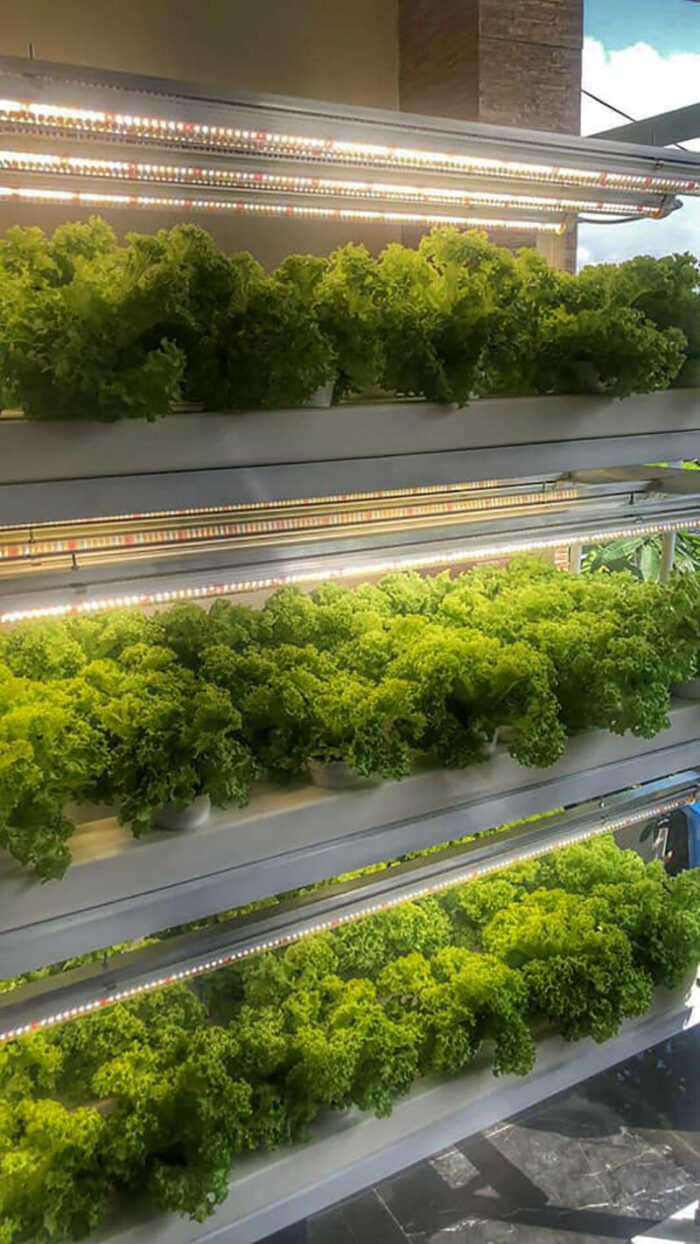
If you’ve ever had to deal with a drought or a flood, indoor farming might be the solution you’ve been looking for..
There are wide selection of plants can be grown in your indoors farm, from fruits and vegetables. Herbs are also popular to weekend warriors like me who prefer to have their own herb garden. Indoor farms are not just limited to commercial use—they can also be used by homeowners who want to grow their own food.
Indoor farming produces all year round crop
Year-round crop production is the biggest indoor farming benefit, and it’s a game changer.
The ability to grow crops without worrying about the weather is a huge advantage over traditional field-based farming. When you’re growing in a protected, well-monitored and managed environment, you can achieve consistent year-round crop production without worrying about adverse weather conditions having an impact on your quality or yield.
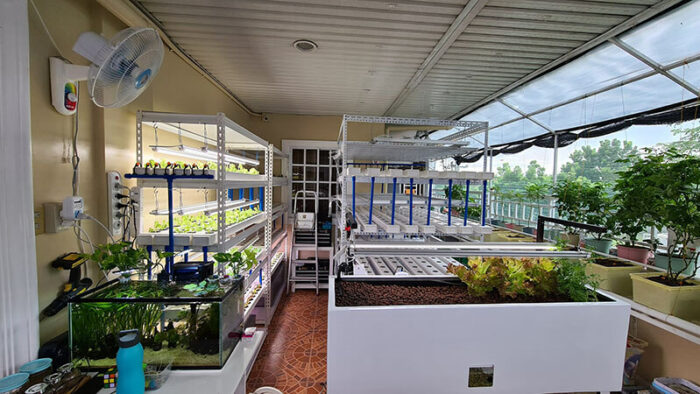
This means that the term ‘seasonal crops ‘ are no longer applicable since you can plant and harvest all types of plants you want. There’s no need to be afraid of the bad weather! If you want to reliably commit to delivery schedules and offtake agreements demanded by your customers, indoor farming is best fit for you!
Better use of your space
What if you could grow your crop in a greenhouse, on the roof of your building, or on top of a mountain?
That’s what vertical indoor farming can do for you.
It’s not just about growing your crops indoors—it’s about using the space you’ve got in an innovative way to maximize productivity and efficiency. Vertical farms are designed to minimize land usage by stacking tiers of hydroponic systems vertically, allowing for more plants per square foot or square meters than traditional fields.
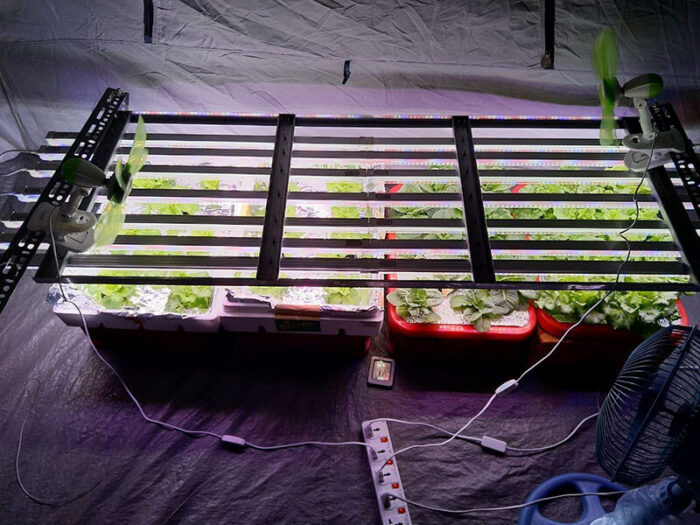
And because vertical farming utilizes stacking systems, it allows farmer to expand their farm upwards (vertical) which also achieve high productivity of grown crops on a small area of land.
Better use of water
The uncontrolled use of water in traditional farming has been a long-standing problem. In fact, it is noted by the United Nations that agriculture is responsible for the 70% of the world’s freshwater use.
Traditional farming practices are incredibly inefficient, requiring large amounts of water, fertilizers and pesticides to grow crops. This method is environmentally unsustainable and also creates huge amounts of waste products that can pollute the soil and waterways.
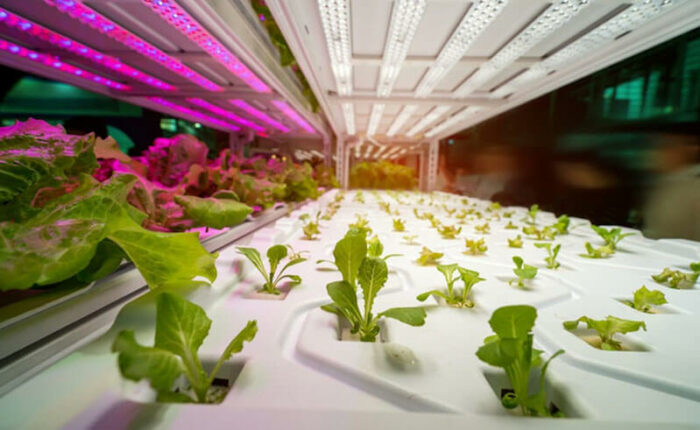
Controlled use of water is one of the main benefits of vertical farming. Although it’s been used for years in traditional farming, the hydroponic growing process is more efficient and uses about 10% less water than other forms of agriculture.
Disadvantages of Indoor Farming
Indoor farming is a new and innovative way to grow crops. However, there are several disadvantages that need to be discussed related to indoor farming.
Indoor farming has many advantages, but it also has a few disadvantages that need to be discussed. From this point forward, you’ll be reading all the disadvantages of indoor farming.
Indoor Farming uses more energy
The first disadvantage of indoor farming is that it uses more energy than outdoor farming. In fact, indoor farms use about 10 times more electricity than outdoor farms. This means that indoor farms will consume more electricity to accommodate the growth of the crops.
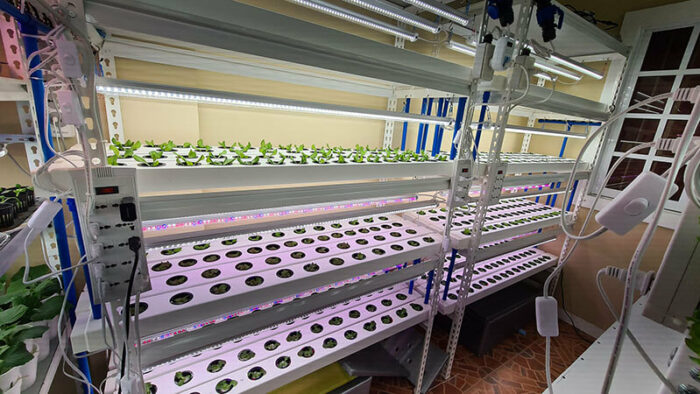
It uses more grow lights than traditional outdoor farms, so you can have fresh veggies all year long.
The down side of this is you need to spend more by investing in reliable grow lights found in your local market.
The use of Nutrient Solutions
The biggest difference between indoor farming and outdoor farming? The amount of nutrient solution used. Indoor farms need to use more than traditional outdoor farms because they lack exposure to sunlight and wind—and without these two elements, plants can’t photosynthesize as well.
Consider Indoors!
If you want to do farming and do not have enough space, you should consider doing it indoors!
Indoor farming is a great way for those who are just starting out or have limited space and resources.
One of the best things about indoor farming is that there are many different methods that you can use to grow your crops. You can choose from hydroponics or aquaponics, both of which are quite popular methods of growing plants indoors. Hydroponics involves growing plants in nutrient-filled water while aquaponics involves growing them in soil with water added so that they don’t dry out too quickly – this can be done either with fish or without fish depending on what kind of setup you want).
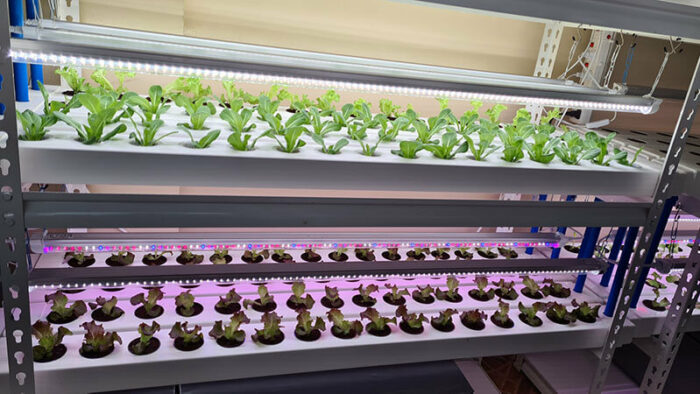
Another benefit is that most people find it easier to maintain than traditional outdoor farms because they don’t have to worry about weather conditions such as drought or rain storms disrupting their plans – these things can happen even if you live where there aren’t any seasons like here in the Philippines!
Many people love the idea of having their own farm, but they don’t have the space to grow their own food. This is where indoor farming comes in. With an indoor farm, you can grow your own food even if you live in an apartment or condominium.
Indoor or Outdoor? It’s up to you!
The million dollar question is, what’s best for you?
Outdoor farming can be a lot of work, but it’s also really rewarding. If you have the space and the time, it’s definitely a great option for growing your own food. The plants will have plenty of sun, which is good for them, and if you have a large enough plot of land and water source nearby, then you won’t need to worry about watering or fertilizing them as often.
Indoor farming has many advantages as well. Indoor farms are usually more controlled than outdoor ones because they have access to better technology and equipment (like grow lights). This means that farmers can grow different types of plants all year round. Another advantage is that indoor farms don’t require much space so they can fit almost anywhere!
So which one should you choose? It depends on your needs—but don’t feel pressured to choose just one or the other! You can start with an outdoor farm and then switch over to an indoor one later on down the road if things get too complicated.
